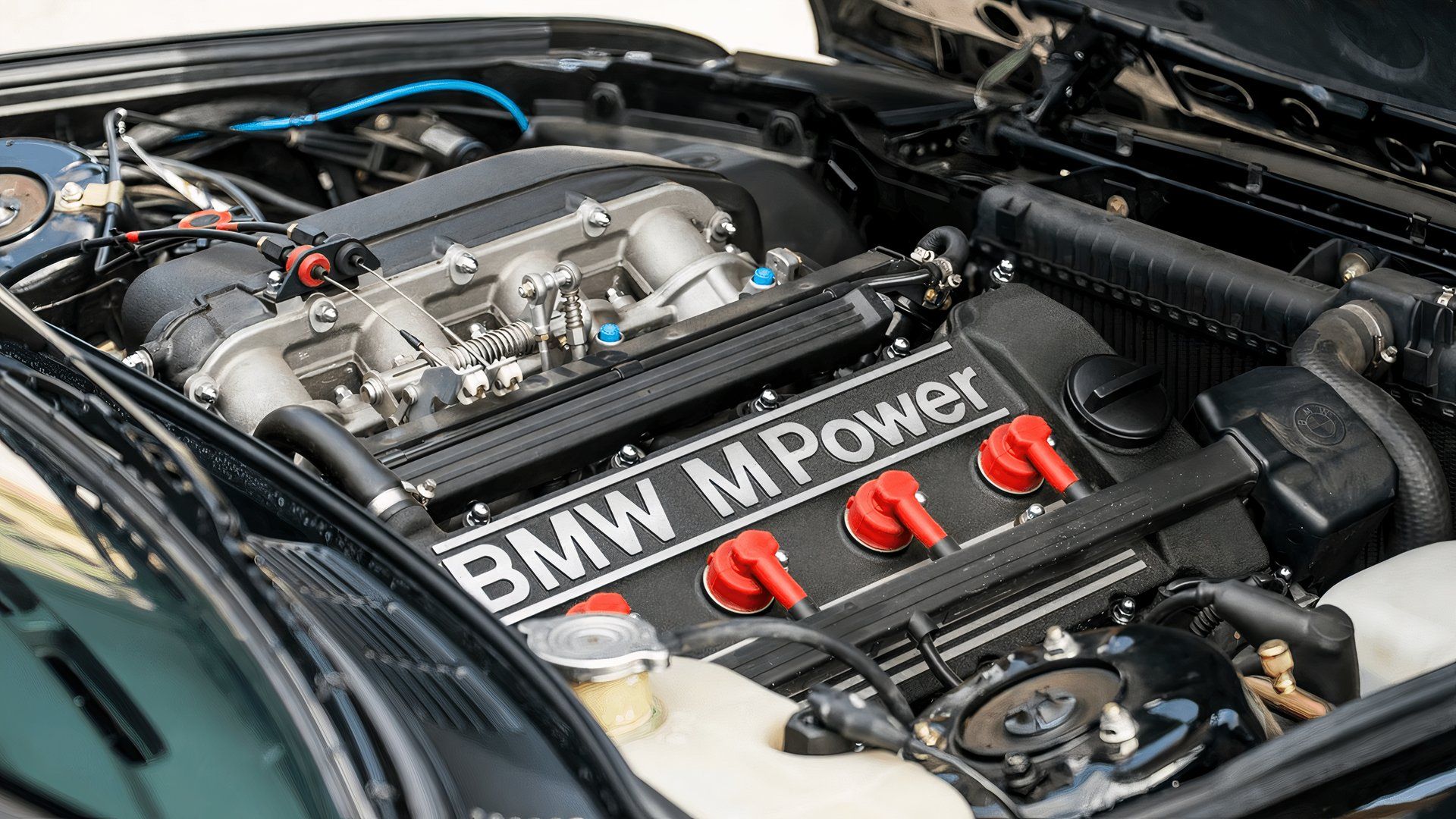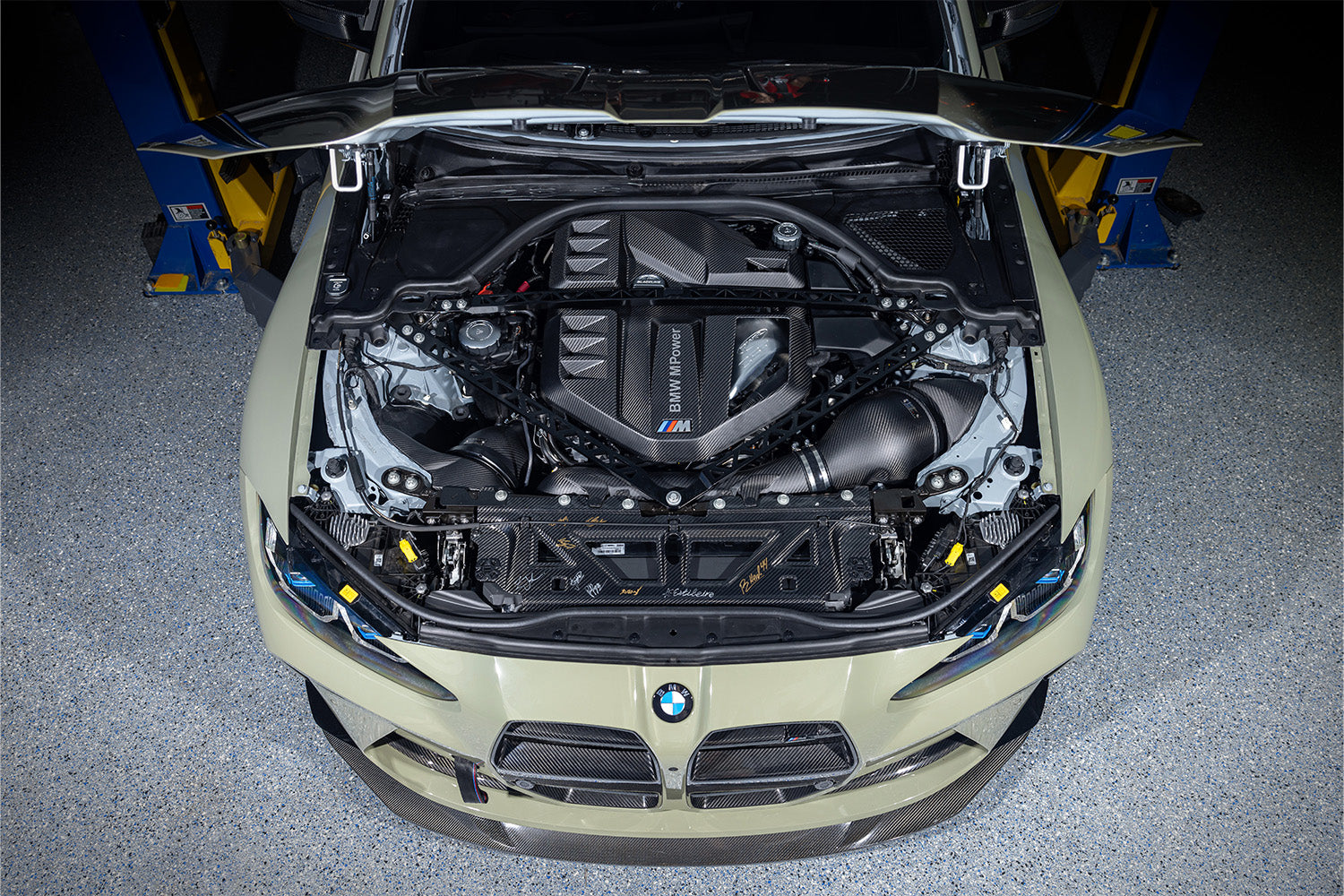Top 5 BMW Engine Technologies Transforming the Automotive Market
Top 5 BMW Engine Technologies Transforming the Automotive Market
Blog Article
Exploring the Development of Burning Engines in Modern Transport Equipments
As we navigate the landscape of modern transportation, the evolution of combustion engines stands as a testimony to human resourcefulness and design expertise. From their modest starts to the advanced powerhouses driving automobiles today, burning engines have gone through an amazing journey of development and adaptation. Understanding the intricacies of this evolution not just loses light on the past yet likewise paves the way for envisioning what lies in advance in the world of transportation modern technology. The interaction of background, innovation, and environmental concerns fit the trajectory of burning engines produces a narrative that is both engaging and informative.
Early Beginnings of Combustion Engines
How did the principle of burning engines first emerge in the beginning of transportation growth? The origins of combustion engines can be mapped back to the 17th century when the concepts of inner burning were very first explored. In 1673, Christian Huygens conceived a fundamental inner burning engine that used gunpowder to create power. Nonetheless, it had not been until the late 19th century that sensible applications of burning engines in transportation started to emerge.
The development moment featured the innovation of the initial successful gasoline-powered engine by Karl Benz in 1885 - bmw engine. This engine led the way for the development of the modern-day vehicle, revolutionizing transport systems worldwide. Subsequent technologies by Nikolaus Otto and Gottlieb Daimler further fine-tuned burning engine technology, causing the mass manufacturing of automobiles and the rapid growth of the transport sector
These early combustion engines were characterized by their simplicity and efficiency, laying the structure for the facility and powerful engines utilized in modern-day transport systems. The evolution of burning engines has been instrumental fit the way we travel and transport products, noting a significant landmark in the history of transport advancement.
Shift to Internal Burning Innovation
The transition to inner burning innovation noted a pivotal shift in the evolution of transportation systems. This shift started in the late 19th century, with developers like Nikolaus Otto and Gottlieb Daimler developing the initial effective internal burning engines. These engines reinvented transportation by offering an extra efficient and powerful alternative to vapor engines and electric motors.
One of the crucial advantages of inner combustion engines was their ability to be reduced to suit lorries, causing the development of bikes and cars. This shift from large, stationary engines to small, mobile ones led the way for the modern transport systems we see today.
The transition to interior burning innovation also spurred advancements in gas technology, causing the development of gas and diesel as key fuel resources for vehicles. This change not just made transportation extra available to the masses yet also laid the structure for the oil and gas sector to become indispensable to global economic climates.
Influence of Combustion Engines on Transportation
The fostering of combustion engines in transportation systems militarized an extensive shift in the effectiveness and rate of global wheelchair. Burning engines revolutionized transportation by supplying a reliable and flexible source of power for different automobiles, consisting of automobiles, airplanes, ships, and trucks. This development dramatically boosted the capacity for people and items to move over lengthy distances in shorter timespan, causing raised connectivity between areas and nations.
Additionally, the prevalent use combustion engines has actually had a considerable effect on financial development. The ability to transport goods efficiently has actually stimulated profession and business, permitting organizations to broaden their markets and get to consumers worldwide. This has facilitated economic development and globalization, as items can currently be delivered much faster and in bigger amounts than in the past.
Nevertheless, the environmental effect of combustion engines can not be neglected. The burning of nonrenewable fuel sources has actually led to air pollution and greenhouse gas exhausts, adding to climate change and posing health threats to populations. bmw engine. Therefore, there is an expanding emphasis on developing different propulsion innovations to mitigate these adverse impacts and create an extra sustainable future for transport
Advancements in Combustion Engine Layout
Various advancements in burning engine design have actually pushed the evolution of transport systems over the decades. One significant development is the growth of turbocharged engines, which utilize exhaust gases to drive a generator that compresses inbound air, allowing for even more fuel to be scorched, resulting in raised power result without a considerable rise in engine size. Furthermore, direct injection modern technology has enhanced gas effectiveness and efficiency by precisely managing the quantity and timing of fuel infused right into the combustion chamber. Variable shutoff timing systems have actually also reinvented engine design by enhancing air movement at different engine speeds, improving both power and performance. Another substantial advancement is the combination of light-weight products such as carbon fiber and aluminum alloys, decreasing general engine weight and boosting vehicle fuel economic climate. In addition, advancements in computer-aided style have actually made it possible for designers to maximize engine efficiency and efficiency through simulations before physical prototypes are useful reference developed, conserving time and sources in the growth procedure. These developments collectively contribute to the continuous improvement of combustion engines in modern transportation systems.
Future Trends in Burning Engine Advancement
With technology advancements driving continual advancement, the future of combustion engine development is positioned to reinvent transportation systems globally. Among the essential trends in burning engine advancement is the press in the direction of greater performance and minimized emissions. Suppliers are investing greatly in study and development to boost engine click this performance while fulfilling rigorous ecological policies. This includes the assimilation of sophisticated gas shot systems, enhanced turbocharging methods, and the use of light-weight materials to optimize fuel intake and reduce carbon exhausts.
Another popular fad is the fostering of hybrid innovations in burning engines. Crossbreed engines combine conventional burning modern technology with electrical power, offering enhanced gas performance and reduced emissions. As the automobile market changes in the direction of electrification, crossbreed burning engines are seen as a transitional solution that connects the space between conventional vehicles and completely electric ones.
Additionally, the assimilation of clever modern technologies, such as artificial intelligence and data analytics, is expected to play a significant role in the future of combustion engine advancement. These innovations can enhance engine efficiency in real-time, causing extra reliable burning procedures and improved general automobile performance. Accepting these future patterns will not only drive advancement in combustion engine advancement however likewise add to a more eco pleasant and lasting transport environment.

Verdict
To conclude, the evolution of combustion engines in modern transportation systems has been marked by significant developments in innovation and style. From the very early starts of combustion engines to the shift to interior combustion innovation, these engines have had a profound impact on transportation. Innovations in burning engine layout remain to drive progression in this area, with future fads concentrating on additional enhancing effectiveness and decreasing emissions. The future of combustion engines in transport looks encouraging as r & d initiatives continue to push limits.
The roots of burning engines can be mapped back to the 17th century when the principles of inner combustion were first checked out. These engines transformed transport by using a more reliable and powerful choice to heavy steam engines and electrical motors.

Report this page